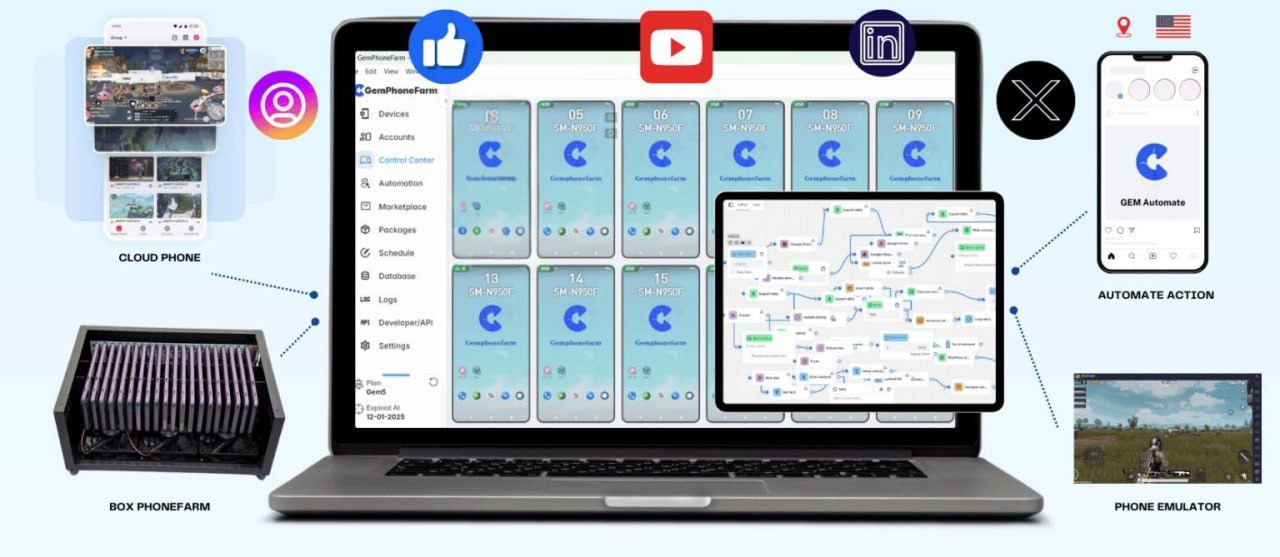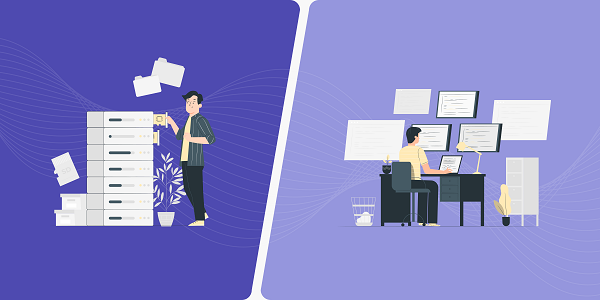Residential Proxies
Allowlisted 200M+ IPs from real ISP. Managed/obtained proxies via dashboard.

Proxies
Residential Proxies
Allowlisted 200M+ IPs from real ISP. Managed/obtained proxies via dashboard.
Residential (Socks5) Proxies
Over 200 million real IPs in 190+ locations,
Unlimited Residential Proxies
Use stable, fast, and furious 700K+ datacenter IPs worldwide.
Static Residential proxies
Long-lasting dedicated proxy, non-rotating residential proxy
Dedicated Datacenter Proxies
Use stable, fast, and furious 700K+ datacenter IPs worldwide.
Mobile Proxies
Dive into a 10M+ ethically-sourced mobile lP pool with 160+ locations and 700+ ASNs.

Web Unblocker
View content as a real user with the help of ABC proxy's dynamic fingerprinting technology.
Proxies
API
Proxy list is generated through an API link and applied to compatible programs after whitelist IP authorization
User+Pass Auth
Create credential freely and use rotating proxies on any device or software without allowlisting IP
Proxy Manager
Manage all proxies using APM interface

Proxies
Residential Proxies
Allowlisted 200M+ IPs from real ISP. Managed/obtained proxies via dashboard.
Starts from
$0.77/ GB
Residential (Socks5) Proxies
Over 200 million real IPs in 190+ locations,
Starts from
$0.045/ IP
Unlimited Residential Proxies
Use stable, fast, and furious 700K+ datacenter IPs worldwide.
Starts from
$79/ Day
Rotating ISP Proxies
ABCProxy's Rotating ISP Proxies guarantee long session time.
Starts from
$0.77/ GB
Static Residential proxies
Long-lasting dedicated proxy, non-rotating residential proxy
Starts from
$5/MONTH
Dedicated Datacenter Proxies
Use stable, fast, and furious 700K+ datacenter IPs worldwide.
Starts from
$4.5/MONTH
Mobile Proxies
Allowlisted 200M+ IPs from real ISP. Managed/obtained proxies via dashboard.
Starts from
$1.2/ GB
Knowledge Base
English
繁體中文
Русский
Indonesia
Português
Español
بالعربية

In today's digital world, understanding the fundamentals of networking is crucial for anyone looking to explore the vast realm of information technology. One of the foundational concepts of networking is Internet Protocol (IP), which serves as the backbone for communication over the internet. In this beginner’s guide, we will delve into the essential aspects of IPv4 and IPv6, the two primary versions of the Internet Protocol.
Internet Protocol, commonly known as IP, is a set of rules that governs the format of data packets and the addressing scheme used for devices to communicate over a network. IP enables devices to identify and reach each other on a network, facilitating the transfer of data between them.
IPv4, short for Internet Protocol version 4, is the fourth revision of the Internet Protocol and has been widely used since its inception. One of the key features of IPv4 is its 32-bit address scheme, allowing for approximately 4.3 billion unique addresses. However, with the rapid growth of internet-connected devices, the limitation of available IPv4 addresses has become a pressing issue.
IPv6, the successor to IPv4, was developed to address the exhaustion of IPv4 addresses. IPv6 uses a 128-bit address scheme, providing an exponentially larger pool of unique addresses compared to IPv4. This transition to IPv6 is crucial to ensure the continued growth and scalability of the internet as more devices come online.
1. **Address Format**: IPv4 addresses are represented in a dotted-decimal format, while IPv6 addresses are represented as eight groups of four hexadecimal digits.
2. **Address Space**: IPv4 has a limited address space, leading to address exhaustion issues, whereas IPv6 offers a significantly larger address space.
3. **Header Structure**: IPv6 has a simpler header structure compared to IPv4, which helps improve routing efficiency and network performance.
1. **Scalability**: The vast address space of IPv6 ensures that the internet can accommodate the growing number of connected devices.
2. **Security**: IPv6 includes built-in security features, such as IPsec, enhancing data protection and encryption capabilities.
3. **Efficiency**: With a streamlined header structure, IPv6 reduces the processing overhead on networking devices, leading to improved efficiency.
1. **Dual-Stack Configuration**: Implementing dual-stack configuration allows devices to support both IPv4 and IPv6 protocols, ensuring compatibility with varying network environments.
2. **Transition Mechanisms**: Utilize transition mechanisms such as 6to4 and Teredo to facilitate communication between IPv4 and IPv6 networks during the transition period.
In conclusion, understanding the nuances of IPv4 and IPv6 is essential for navigating the complexities of modern networking. As the internet continues to evolve, the adoption of IPv6 becomes imperative to sustain the growth and innovation of digital communication. By familiarizing yourself with the differences between IPv4 and IPv6 and implementing best practices for configuration, you can enhance your networking skills and contribute to the advancement of the digital landscape.
---
This blog post aims to provide beginners with a comprehensive overview of IPv4 and IPv6, highlighting the significance of IPv6 adoption in the ever-expanding digital ecosystem.
Featured Posts
Popular Products
Residential Proxies
Allowlisted 200M+ IPs from real ISP. Managed/obtained proxies via dashboard.
Residential (Socks5) Proxies
Over 200 million real IPs in 190+ locations,
Unlimited Residential Proxies
Use stable, fast, and furious 700K+ datacenter IPs worldwide.
Rotating ISP Proxies
ABCProxy's Rotating ISP Proxies guarantee long session time.
Residential (Socks5) Proxies
Long-lasting dedicated proxy, non-rotating residential proxy
Dedicated Datacenter Proxies
Use stable, fast, and furious 700K+ datacenter IPs worldwide.
Web Unblocker
View content as a real user with the help of ABC proxy's dynamic fingerprinting technology.
Related articles

Unlock Untraceable Surfing: Gemlogin Antidetect Browser Boosted by ABC Proxy
Gemlogin Antidetect Browser With ABC Proxy provides advanced security features for online activities. Enjoy secure browsing with anonymity and protection. Safeguard your data with this powerful combination of features.

How does the ChatGPT RAG example improve information processing capabilities
Analyze the actual application scenarios of ChatGPT combined with Retrieval Augmented Generation (RAG) technology, explore its value in knowledge integration and data acquisition, and understand how abcproxy provides underlying support for the RAG system.